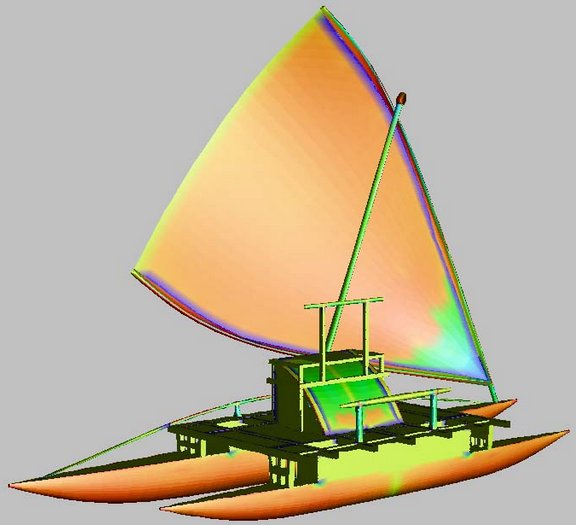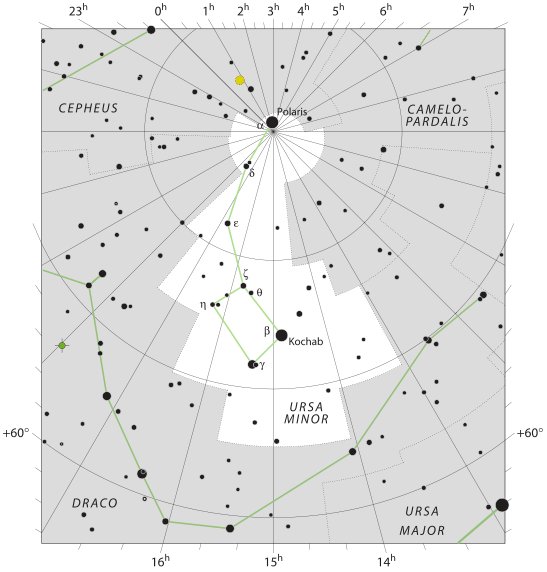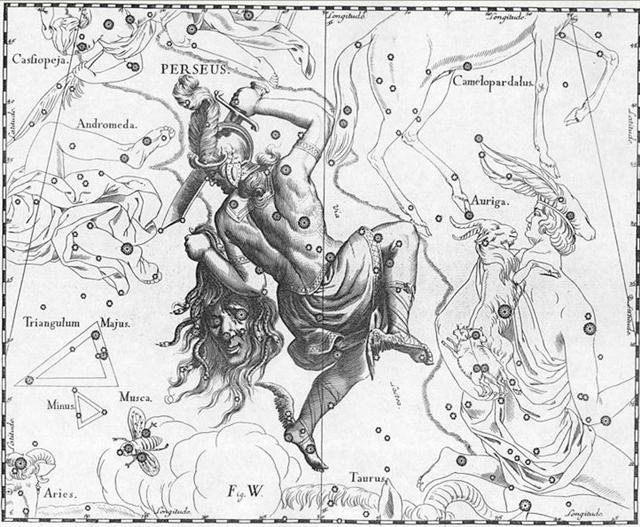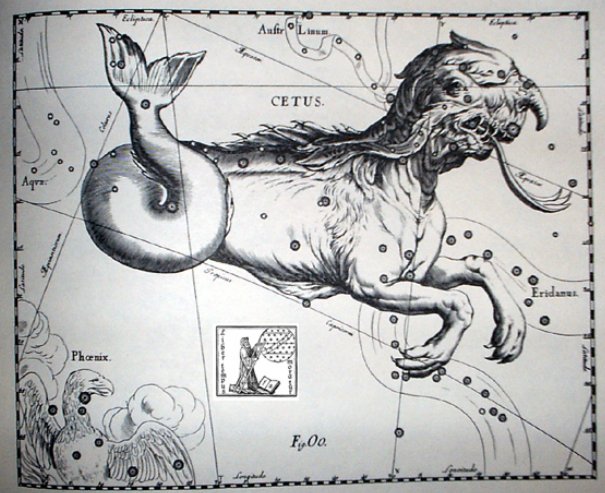365. Manuscript E states that the Explorers remained for one month in Pu Pakakina and then they went on to the yam plantation and stayed also there for a month. After Hora Iti 29 ("September 29) precise dates are no longer given until the double-canoe of Hotu A Matua arrives in Tagaroa Uri 15 (288) and presumably this was a way to indicate the absence of the Sun king. 12 - 2 = 10.

The stretch of time from heliacal Spica at Hora Iti 29 ("September 29, 241, *161 = *202.4 - *41.4 → 1.61 ... = φ), when Sadalmelik culminated at 29h and the Full Moon was at the last day in Te-hetu'u-pú ("February), up to and including the night when Hotu arrived, was 48 days. We can therefore guess 'one month' in Pu Pakakina meant 48 / 2 = 24 right ascension days:
| CLOSE TO THE SUN: |
| 7-16 |
7-17 |
7-18 |
7-19 (200) |
7-20 |
7-21 |
7-22 → π |
| JULY 31 |
AUG 1 |
2 (214) |
(*135 = 500 - 365) |
4 (*136) |
5 |
6 |
 |
 |
 |
 |
 |
 |
 |
| Ga5-22 |
Ga5-23 |
Ga5-24 |
Ga5-25 (135) |
Ga5-26 |
Ga5-27 (→ 364) |
Ga5-28 |
| δ Muscae (196.5) , VINDEMIATRIX (Grape Gatherer) = ε Virginis (196.8) |
13h (197.8)
ξ¹ Centauri (197.1), ξ² Centauri (197.9) |
APAMI-ATSA (Child of Waters) = θ Virginis, ψ Hydrae (198.5), DIADEM = α Com. Ber. (198.9) |
AL DAFĪRAH (Tuft) = β Com. Ber. (199.4) |
σ Virginis (200.4) |
γ Hydrae (Al Dhanab al Shuja) (201.0), ι Centauri (201.4) |
Al Simāk-12 (Lofty) / Chitra-14 (Bright One) / Horn-1 (Crocodile) / Sa-Sha-Shirū-20 (Virgin's Girdle) / ANA-ROTO-3 (Middle pillar)
MIZAR = ζ Ursae Majoris (202.4), SPICA = α Virginis, ALCOR = 80 Ursae Majoris (202.7)
SADALMELIK (α Aquarii)
*161 = *202.4 - 41.4 |
| Oct 3 |
4 (277) |
5 |
6 |
7 (*200) |
8 |
9 (282) |
| °Sept 29 |
30 |
°Oct 1 |
2 (275) |
3 (*196) |
4 |
5 |
| 'Sept 6 |
7 (250) |
8 |
9 |
10 |
11 |
12 (*175) |
| "Aug 23 |
24 (236) |
25 |
Hora Iti 26 |
27 |
28 (240) |
Hora Iti 29 |
|
Ahu. 1. Funerary monument with niches holding the skeletons of the dead. 2. Generic term for a grave, a tomb merely enclosed with stones. 3. Stone platform, with or without graves. 4. Elevated seat, throne. 5. Swollen; to swell up: ku-ahu-á tooku va'e, my foot is swollen; ananake te raá e-tagi-era te ûka riva mo toona matu'a ka-ahu ahu-ró te mata, every day the daughter cried for her parents until her eyes were quite swollen. Vanaga.
1. To transfer, to transplant, to take up by the roots. 2. To puff up, to swell, a swelling, protuberance; gutu ahu, swollen lips; ahuahu, to swell, plump, elephantiasis, dropsy; ahuahu pupuhi, amplitude; manava ahuahu, indigestion. 3. Paralysis. 4. A carved god of dancing, brought forth only on rare occasions and held of great potency. Ahuahu, inflammation. Ahukarukaru (ahu 2 - karukaru), dropsy. Churchill. |
Ahu Akapu
(2 days) |
Aka. 1. Anchor: he-hoa te aka, to drop anchor. 2. Root of certain plants (banana tree, taro, sugar-cane). 3. To be paralyzed by surprise. Vanaga.
1. Root; aka totoro, to take root. P Pau., Mq.: aka, root. Ta.: aa, id. 2. (āka) anchor. 3. Causative (haka). Churchill. |
Pu Pakakina
(1 month) |
| CLOSE TO THE FULL MOON: |
| 1-15 |
1-16 |
1-17 |
1-18 |
1-19 (384) |
1-20 |
1-21 |
| JAN 30 |
31 (396) |
FEBR 1 (32) |
2 |
3 |
4 (*320) |
5 (36) |
| Papa O Pea |
Al Batn Al Hūt-26 (Belly of the Fish) / Revati-28 (Prosperous) / 1-iku (Field Measure)
MIRACH (Girdle) = β Andromedae, KEUN MAN MUN (Camp's South Gate) = φ Andromedae (16.0), ANUNITUM = τ Piscium (16.5), REVATI (Abundant) = ζ Piscium (16.9)
REGULUS (α Leonis)
|
... On the twenty-sixth day of the month of August ('Hora Iti') they went from Papa O Pea to Ahu Akapu. They all went and reached Ahu Akapu. They looked around and gave the name 'Ahu Akapu A Hau Maka'. They also saw (all of) Te Pito O Te Kainga, looked around, and gave (the whole island) the name 'Te Pito O Te Kainga A Hau Maka'. [E:31] They made camp and rested at Ahu Akapu for two days. On the twenty-ninth day of the month of August ('Hora Iti') they went to Pu Pakakina. They arrived, remained there, and gave the name 'Pu Pakakina A Ira'. They remained one month in Pu Pakakina. |
| no star listed (14) |
1h (15.2)
β Phoenicis (15.1), υ Phoenicis, ι Tu canae (15.6), η Ceti, ζ Phoenicis (15.7) |
ν Phoenicis (17.4), κ Tucanae (17.6) |
no star listed (18) |
ADHIL (Garment's Train) = ξ Andromedae (19.3), θ Ceti (19.7) |
KSORA (Knee) = δ Cassiopeiae (20.1), ω Andromedae (20.6), γ Phoenicis (20.8) |
| April 4 |
5 (460 = 396 + 64) |
6 |
7 |
8 (13 * 29½ - ½) |
9 (*384) |
10 (100) |
| °March 31 |
°April 1 (91) |
2 (*377) |
3 |
4 |
5 (460 = 396 + 64) |
6 (*16) |
| 'March 8 |
9 |
10 (*354) |
11 |
12 |
13 (72) |
14 → π |
| Tehetu'upú 22 |
TERMINALIA |
"Febr 24 (420) |
25 |
26 |
27 (*7 * 7 * 7) |
28 (59) |
|
... The leap day was introduced as part of the Julian reform. The day following the Terminalia (February 23) was doubled, forming the bis sextum - literally 'double sixth', since February 24 was 'the sixth day before the Kalends of March' using Roman inclusive counting (March 1 was the 'first day'). Although exceptions exist, the first day of the bis sextum (February 24) was usually regarded as the intercalated or 'bissextile' day since the third century. February 29 came to be regarded as the leap day when the Roman system of numbering days was replaced by sequential numbering in the late Middle Ages ... |
Hora Iti 28 (240) + 24 = 264 (Hora Nui 21), i.e. significantly at the previous (around 1000 B.C. and at the time of Bharani) North Pole star (before Polaris), viz. the 'Star' (Kakkab, Kochab, β Ursae Minoris).
Here, at the time of the Bull (*64 - *41 = *23 right ascension days earlier), the Full Moon would have been in the last day of FEBRUARY (59 = 264 - 23 - 182).

| 22 |
CLOSE TO THE SUN: |
| 8-14 |
8-15 (227) |
8-16 (*148) |
8-17 |
8-18 |
8-19 |
| AUG 29 |
30 (242) |
31 |
SEPT 1 |
2 (*165) |
3 |
 |
 |
 |
 |
 |
 |
| Ga6-21 (161→ φ) |
Ga6-22 |
Ga6-23 |
Ga6-24 (164) |
Ga6-25 |
Ga6-26 |
| KOCHAB (Kakkab) = β Ursae Min. (225.0), ξ Librae (225.7) |
KE KWAN (Cavalry Officer) = β Lupi (226.3), KE KWAN = κ Centauri (226.4), ZUBEN ELAKRIBI (Claw of the Scorpion) = δ Librae (226.8), π¹ Oct. (226.9) *185.0 = *226.4 - 41.4 |
ω Bootis (227.2), NEKKAR (Herdsman) = β Bootis (227.3), σ Librae (227.5), π² Oct. (227.7), NADLAT (Mean Little Ones) = ψ Bootis (227.8), π Lupi (227.9) |
15h (228.3) ZUBEN HAKRABIM = ν Librae (228.3), λ Lupi (228.9) |
ω Oct. (229.3), ι Librae (229.6), κ Lupi (229.7), ζ Lupi (229.8) |
Al Zubānā-14b (Claws)
χ Bootis (230.3), PRINCEPS = δ Bootis (230.6), ZUBEN ELSCHEMALI (Northern Claw) = β Librae (230.8) |
 |
| Nov 1 |
2 |
3 (*227) |
4 |
5 |
6 (310) |
| °Oct 28 (301) |
29 |
30 |
31 |
°Nov 1 (*225) |
2 |
| 'Oct 5 |
6 (*199) |
7 (280) |
8 |
9 |
10 |
| "Sept 21 (240 + 24) |
EQUINOX (*185) |
23 (266) |
24 |
25 |
Hora Nui 26 |
| CLOSE TO THE FULL MOON: |
| 2-13 |
2-14 (45) |
2-15 (84 - 38 = 46) |
2-16 |
2-17 (413 = 14 * 29½) |
2-18 (7 * 7) |
| FEBR 28 |
MARCH 1 (*345) |
2 (84 - 23 = 61) |
3 |
4 (428) |
5 (64 = 8 * 8) |
| ρ Arietis (43.0), GORGONEA SECUNDA = π Persei (43.5), ACAMAR (End of the River) = θ Eridani (43.6), ε Arietis (43.7), λ Ceti (43.9)
DENEBOLA (β Leonis)
|
MENKAR (The Nose) = α Ceti (44.7) |
3h (45.7) GORGONEA TERTIA = ρ Persei (45.1), ALGOL (The Demon) = β Persei (45.9) |
ι Persei (46.1), MISAM (Next to the Pleiades) = κ Persei (46.2), GORGONEA QUARTA = ω Persei (46.7), BOTEIN (Pair of Bellies) = δ Arietis (46.9) |
ζ Arietis (47.7) |
ZIBAL (Young Ostriches) = ζ Eridani (48.0), κ Ceti (48.9) |
 |
| May 3 |
4 (124) |
5 (490) |
6 |
7 |
8 (*413 =14 * 29½) |
| °April 29 |
30 (120) |
°May 1 (*41) |
2 |
3 (*408) |
4 |
| 'April 6 |
7 |
8 (*383) |
9 (464) |
10 (100) |
11 |
| "March 23 (59 + 24) |
Tarahao 24 |
JULIAN EQUINOX |
26 (450) |
27 (86) |
28 (*372) |
Kochab was at the opposite side of the pole compared to Polaris, and thus also at the opposite side in the right ascension circle. It meant Kochab was not very far from the Full Moon when the Sun was at Polaris, a fact which could have induced the name Hotu (Full Moon) for the king who arrived 48 days after the Tail of the Hydra. Anciently there were 48 constellations.

|










